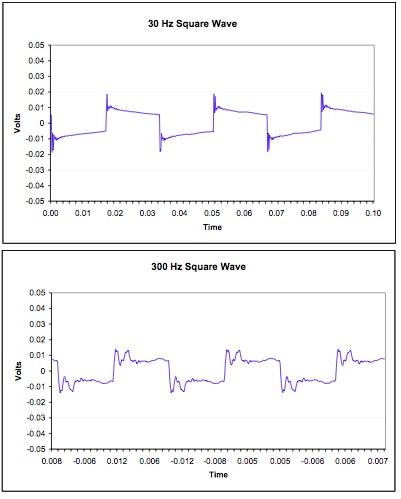I didn't precisely understand what you said, you seem to have mistaken one notion for another at times.
But, let's talk about speakers for a moment, they frequency response is supposed to be a flat line from 20 to 20000 Hz, that means if fed by an input signals of varying frequencies of the same level (voltage), they will measure the same volume on a dB meter. It has nothing to do with the frequency distribution of the music itself, it merely ensure that the frequency distribution in the music will not be changed by the speaker. If the music is bass heavy, the speaker will reproduce a bass heavy sound, if it has a lot of treble, they will reproduce a lot of treble.
In addition to that, the sound engineers that mixed the music, probably mixed it on speakers, almost all studio monitors have an extremely flat frequency response curve (whether they are musical or not is another question), all the equalizing was done using those monitors as a reference. Thus if you want to hear what was intended to by the sound engineers, you'd have to buy speakers with a flat FR (frequency response).
However, higher frequency are attenuated faster when propagating in the air or in most media (that's with you only hear the bass when your neighbors play music). A good sound engineer mixes the music taking care of that parameter, that is to say, if microphones are placed near the played near the instrument and the listener in the middle of a concert hall, the high frequencies would be attenuated according to that distance. The final product ie. the music sold would be realistic as far as frequency distribution is concerned when listened with a speaker wit a flat FR at the same distance as the sound engineer did (but in real life a good sound engineer would be mastering as if they used a speaker with a flat FR at 2/3 m if they mixed "audiophile" music).
Knowing that, we can move to the FR of headphones, the transducers being so close to the ear, high frequencies aren't attenuated when they arrive to the ear drum, that's why the FR curve of headphones is not flat, higher frequencies should be reproduced at a lower volume to mimic the effect of air attenuation. Even so, the added high frequencies of headphones with a flatter FR make them sound more detailed than some speakers.
I hope this answers your questions.
*The lack of content in the high frequencies is partly due to distance attenuation and partly due to the fact that instruments don't naturally produce these frequencies, the highest sung note is an F6 which fundamental is 1397 Hz, for other instruments, refer to this chart;

Quote:
When I listen to music in foobar and look at the visualization, the top end(treble) of the "dynamic chart" (for lack of a better term) is already knocked down quite a few db from the bass/mids. This is on music that doesn't have the greatest recordings like metal and some rock. I imagine the better recordings would already have more effort put into this.
I can understand that these frequency test studies, like hrtf, were most likely done with test signals all at the same power on different frequencies, which is why the headroom "best graph" statement says a smooth 8-10db from 1khz+.
I wonder why everyone still thinks this is how a headphone graph should be with real music, considering this equalization seems to have been done in the mastering stages. I'm starting to think most of the head-fi "audiophiles" are really just bassheads that either 1) can't accept it or 2) just don't know they are due to what people think a graph should look like.
It would be nice if someone would explain this because it seems to be a simple thing that has eluded everyone so far. Please whoever listens to music from a pc/mac, set the visualization to the frequency chart and see if your music does the same thing. Foobar2000 has the frequencies on the bottom and 0 to -60db in 10db steps on the right. It also just reads the signal of the music, adjusting the output volume doesn't effect this.
























